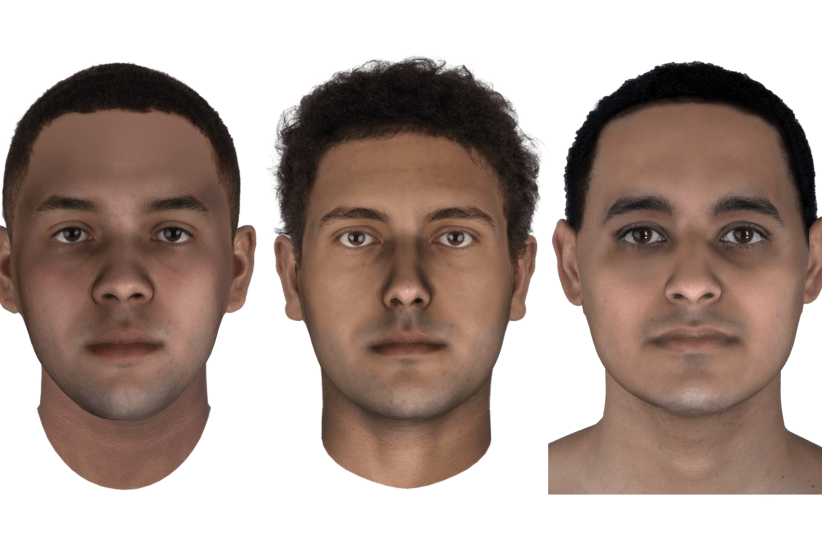Researchers have developed a new method to define and categorize the diverse types of autism. Per the study published earlier this week, autism spectrum disorder (ASD) is a neurodevelopmental condition associated with difficulties in social interaction and communication, and the presence of restrictive or repetitive behaviors or interests and sensory hypo/hypersensitivity.
The peer-reviewed study in Science Translational Medicine describes the researchers' process of gauging the neural response of 436 children and adults to being shown a series of faces. They theorized that the difference in neural response to faces could serve to differentiate different subtypes of autism and ultimately be a useful diagnostic tool for clinicians.
“Our work may provide a blueprint for the next generation of research studies to move from biomarker discovery to validation to deliver optimal outcomes for autistic people.”
Study authors
There is no singular cause of ASD; scientists have defined several genetic factors and even some possible environmental factors that could interact with genetic background. What is more, the presentation of ASD symptoms is highly variable from person to person which can make the disorder difficult to diagnose. To offer individualized medical intervention, the study authors posited that it is important to identify different subgroupings of ASD.
Research methods

Researchers measured and compared N170 latency - a measure of how quickly the nervous system recognizes faces. They recorded the responses of 246 autistic individuals and 190 non-autistic control subjects. They found that changes in N170 latency could predict socialization outcomes over the next 18 months.
Patients who had a slower response to faces tended to have more social difficulty than those with faster responses.
“Our work may provide a blueprint for the next generation of research studies to move from biomarker discovery to validation to deliver optimal outcomes for autistic people,” the study authors concluded.
